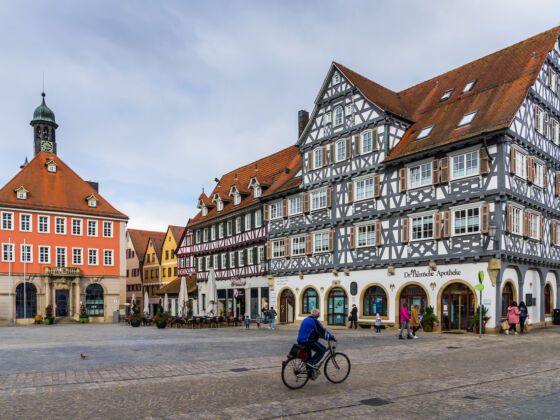Now that the world is truly a “global village,” places like Germany are often being looked over in favor of crazier, more unique, less guidebook-y experiences. When most of us think of Germany, we might think of a few things: maybe beer, or their turbulent history, or beer, or lots of English speakers, or schnitzel, or even beer. However, that’s been done, and there’s little adventure appeal in that. So what’s left?
Plenty. Here’s a few things you can do — once you get off your haunches at the Hofbräuhaus — to make sure your experience isn’t a TripAdvisor one:
